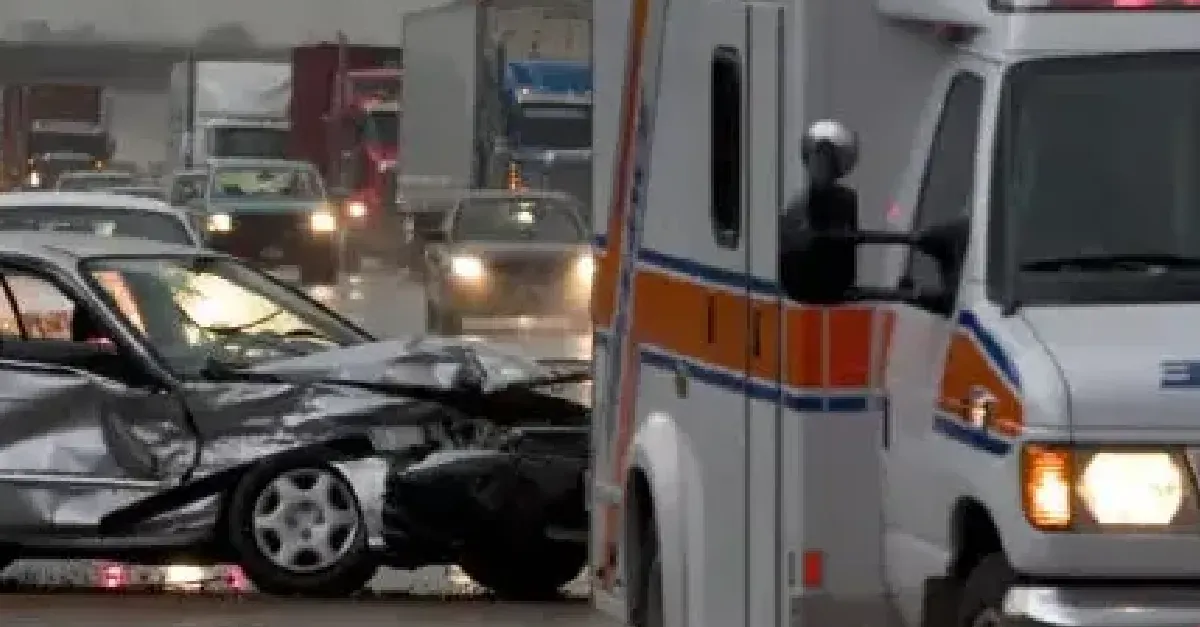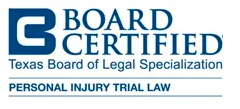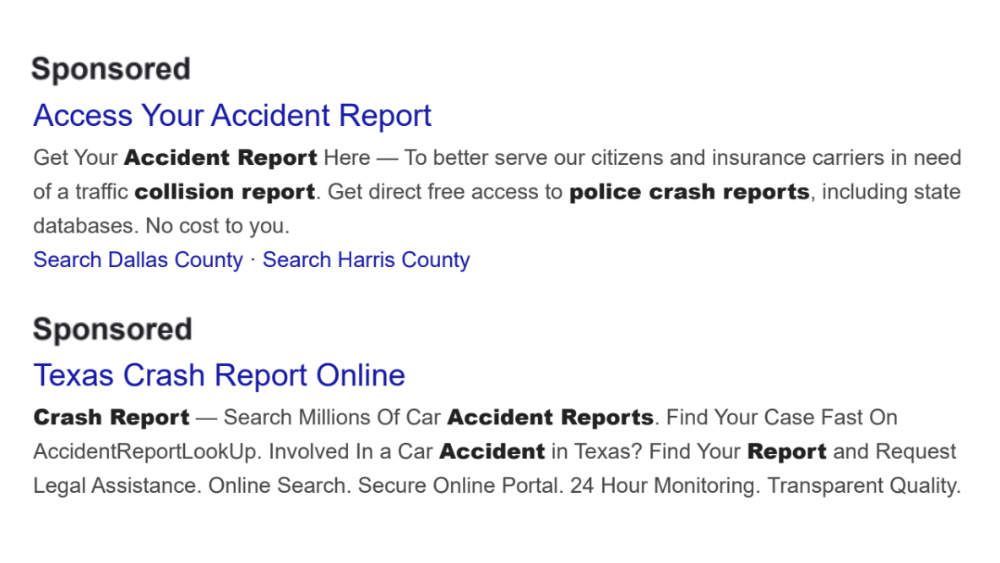Auto-Pedestrian Collisions and Traffic Rules in The Woodlands, Texas
The pathways and trails in The Woodlands are a wonderful resource. There are over 200 miles of trails and pathways to explore. We are often asked who has the right of way on these pathways and at the pedestrian intersections.
You will notice that there are stop signs on the pathways. Pedestrians and bicyclists must obey these signs when they come to an intersection. Pathway users should always stop and look both ways before crossing the intersection and should always wait for the walk light to be illuminated. before proceeding.
Unless the walk light is illuminated, the driver has the right of way at intersections which are controlled by signals. However, if there is a pedestrian in the crosswalk as the driver is proceeding through the intersection, drivers must always stop and yield to the pedestrian if possible.
Too often, drivers make a quick right turn or a rolling stop without checking for pedestrians who are beginning to cross with the walk light. Drivers turning right on red should always stop and look for pedestrians on the corners waiting to cross. Pedestrians with the walk light have the right of way.
Because we have flashing yellow turn signals at intersections in The Woodlands, this creates additional risk. This means that drivers may be turning left across crosswalks when pedestrians have the walk light and the right of way. This is particularly dangerous because the driver attempting to turn left is looking ahead for a break in the traffic and often proceeds quickly through the intersection. The driver turning left on the flashing yellow light may not even be aware that pedestrians can cross while they are making a left turn.
Pedestrians should be looking for drivers making left-hand turns and drivers should watch not only for oncoming vehicles, but also for pedestrians crossing that intersection.
If you or someone you know has been injured in an auto pedestrian collision,
contact Wham & Rogers for a free consultation.
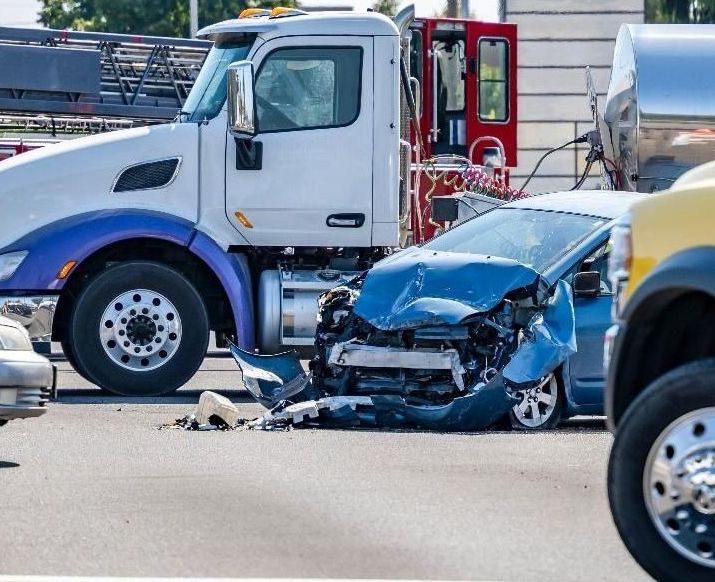
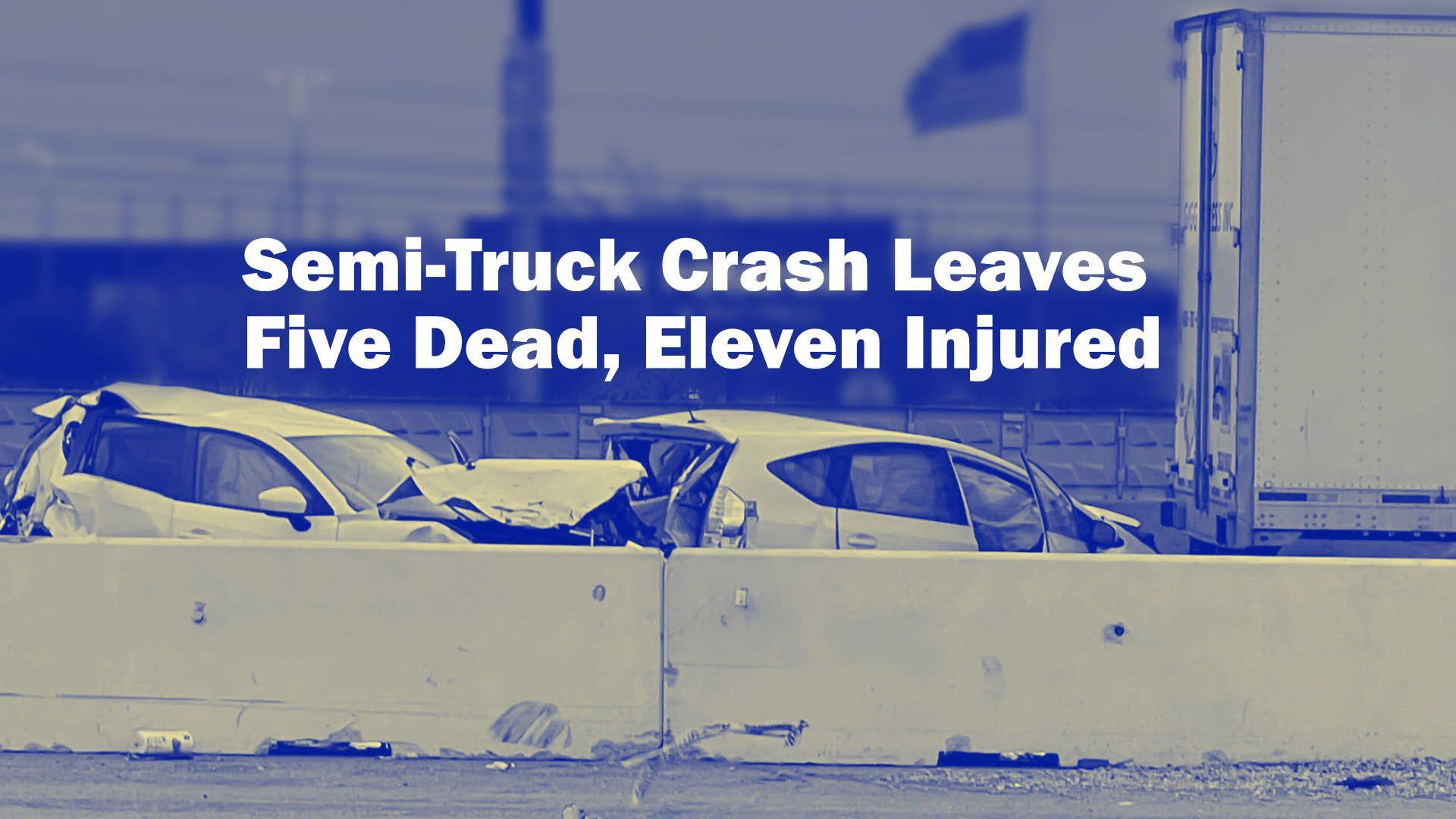
The information on this website is for general information purposes only. None of the information on this site should be taken as legal advice for any individual case or situation. This information is not intended to create, and receipt or viewing does not constitute, an attorney-client relationship.



